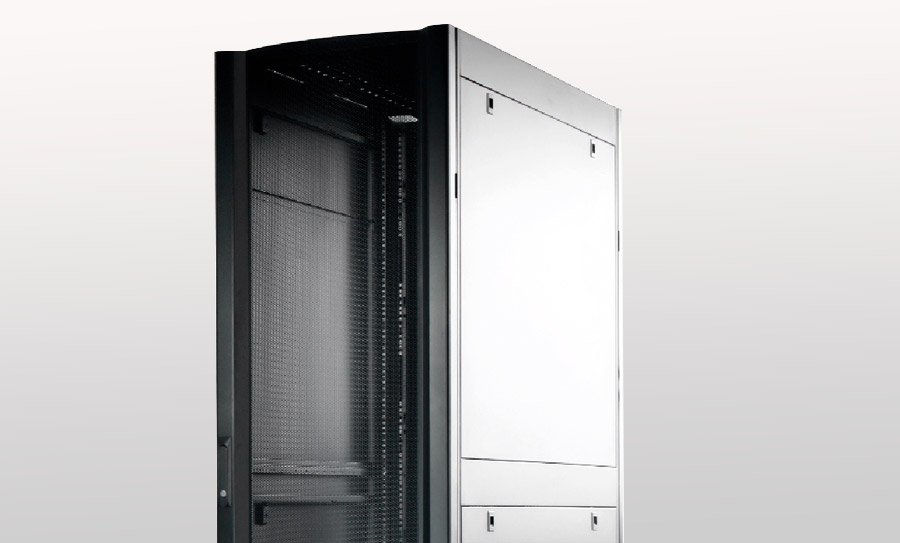The cooling system can be set to a higher supply air temperature (thus saving energy and increasing cooling capacity) while still meeting a safe operating temperature for the load. Room cooling systems without containment are set to supply air temperatures much lower than those required by IT equipment (approximately 13°C/55°F) to prevent localized hot spots. The reason for the localized hot spot is that the heat is carried into the cold air and causes the temperature rise in the process of the cold air leaving the cooling equipment before reaching the IT rack. The use of a containment system allows the supply air temperature of the cold air to be increased, as well as the return air temperature reaching the cooling unit as high as possible. The higher return air temperature helps improve the heat exchange of the cooling coil, thereby increasing the cooling capacity and overall energy efficiency.
Eliminate local hot spots. Air containment systems prevent cold air from mixing with waste heat as it leaves the cooling equipment before reaching the IT rack. This means that the supply air temperature on one side of the cooling unit is equal to the IT equipment inlet temperature, i.e. the uniform IT equipment inlet temperature. When there is no mixing of cold and hot air, the supply air temperature can be increased without generating local hot spots, thereby extending the operating time of the energy-saving cooling mode.

Extend the run time in economizer cooling mode. When the outdoor temperature is lower than the indoor temperature, heat can be discharged to the outdoor without the compressor of the refrigeration system working. By increasing the set point of the working temperature range of the refrigeration system, the time for deactivating the compressor in the refrigeration system can be greatly extended. achieve energy saving.
Humidification/dehumidification costs are reduced. By eliminating the mixing of cold and hot air and setting a higher supply air temperature for the refrigeration system, the refrigeration system can operate at a temperature higher than the dew point temperature. When the supply air temperature is higher than the dew point temperature, the humidity in the air will not decrease. If the humidity is not reduced, then humidification is not required, thus saving electricity and water.
Better overall utilization of physical infrastructure and efficient equipment operation brought about by appropriate planning. More oversized equipment will have higher fixed losses than moderately sized equipment, however, due to obstructions in the raised floor air supply path and the force of pressurization in the air duct requiring additional fan power, it is unavoidable to Traditional refrigeration systems are oversized.








 Home
Home